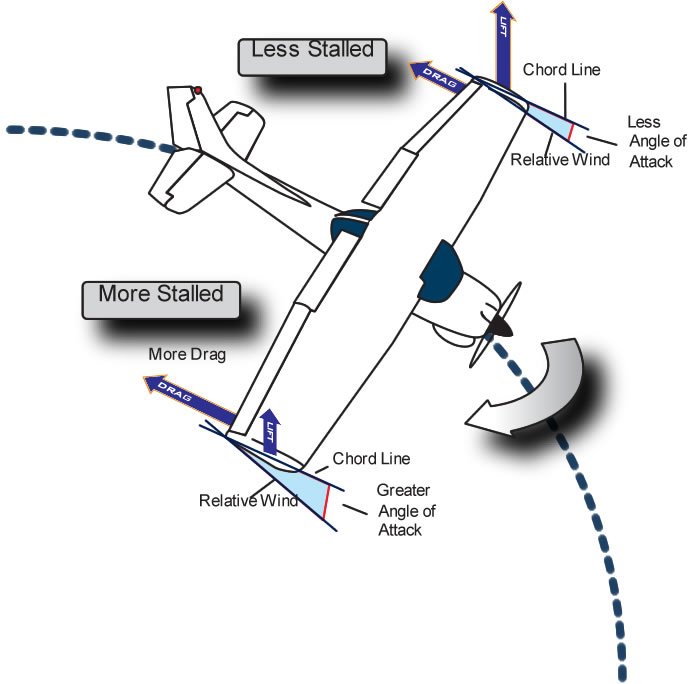For many, predicting the direction in which an airplane will spin is a Fool’s Errand—any spins should be avoided in the first place. But understanding how a spin develops and how control deflections help determine the spin direction also can help us avoid them.

Spins result when the airplane’s wing exceeds its critical angle of attack (AoA) and it’s experiencing a yawing moment. As we all (should) know, exceeding the wing’s critical AoA also is known as a stall, and the airplane can’t spin without stalling first. So avoiding stalls when the airplane also is yawing will keep us out of a spin.
The classic spin demonstration begins with a stall, either power-on or -off. At the break, kick in some rudder to generate a yaw and you’ll likely enter a spin. Presuming you have enough altitude, recovery may be as simple as reducing power to idle, neutralizing the ailerons, applying rudder opposite the spin, pitching the nose down and neutralizing rudder as the rotation stops. In any event, use the manufacturer’s recommended spin recovery procedures.
Many pilots get into a spin by stalling while in a slipping or skidding turn. The yaw present in an uncoordinated turn can result in a spin. Rotation will be in the direction of the lowered wing. So there’s the answer to the question of which way the airplane will spin.
In the diagram above, the airplane is yawing to its right. Since the left wing is moving through the air slightly faster than the right one, the lift it’s producing is greater and it’s stall isn’t as fully developed. The right wing, however, is moving more slowly and generating less lift, and it’s more fully stalled. So, it’s the one that stalls first, lowering itself and creating a rolling moment. Add in the yawing moment present in an uncoordinated turn—or a healthy stomp on a rudder pedal—and around she’ll go.




